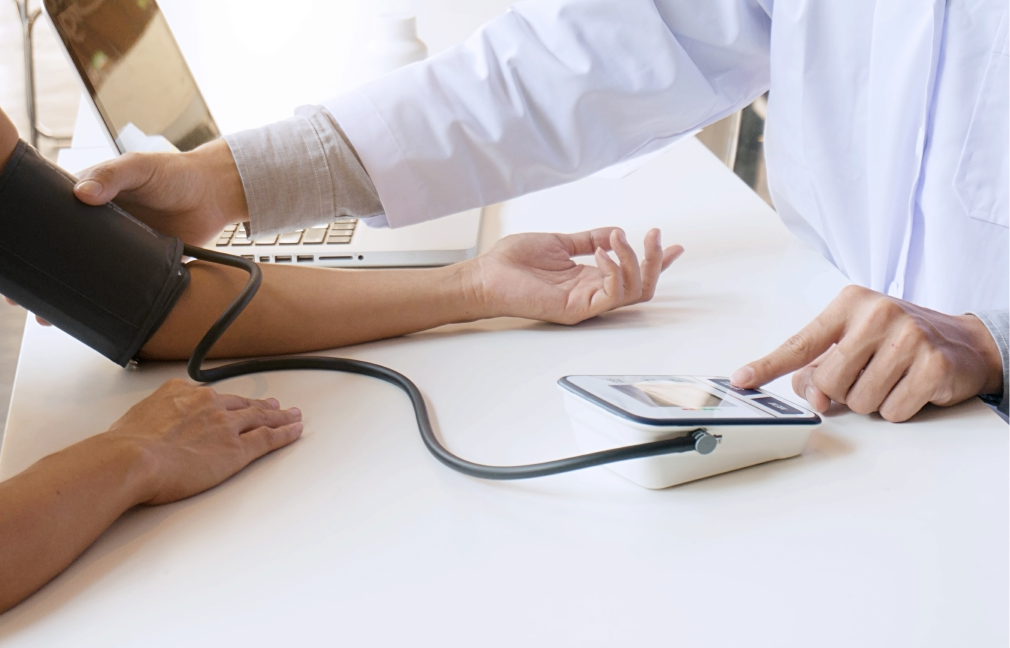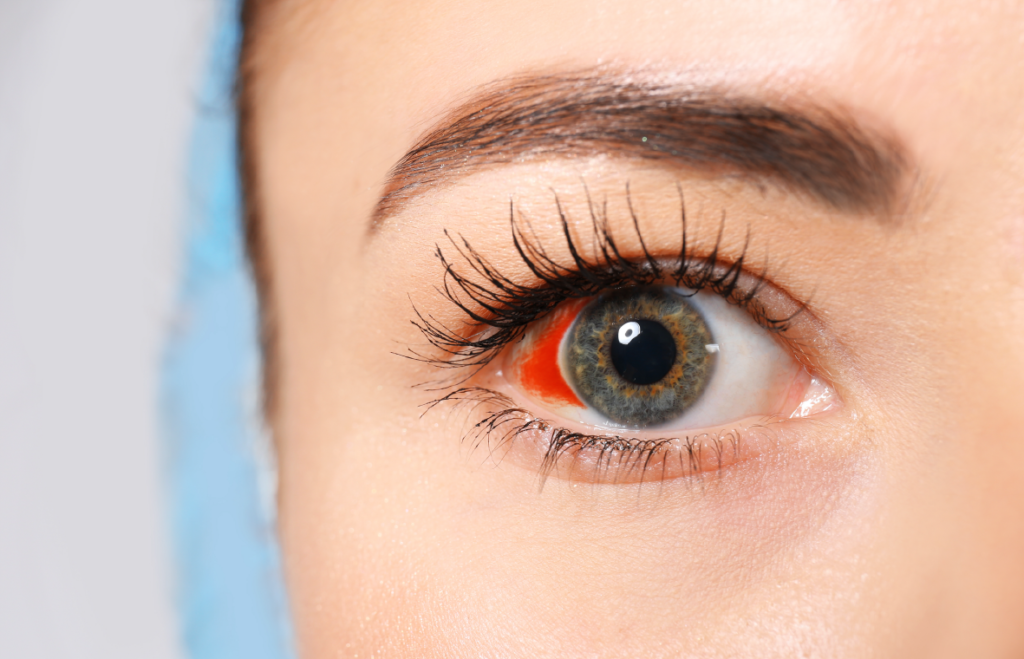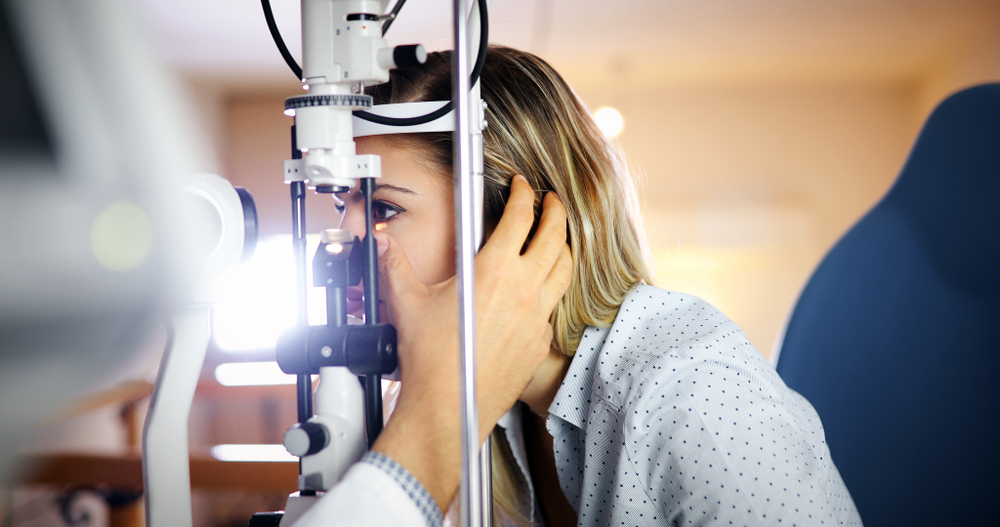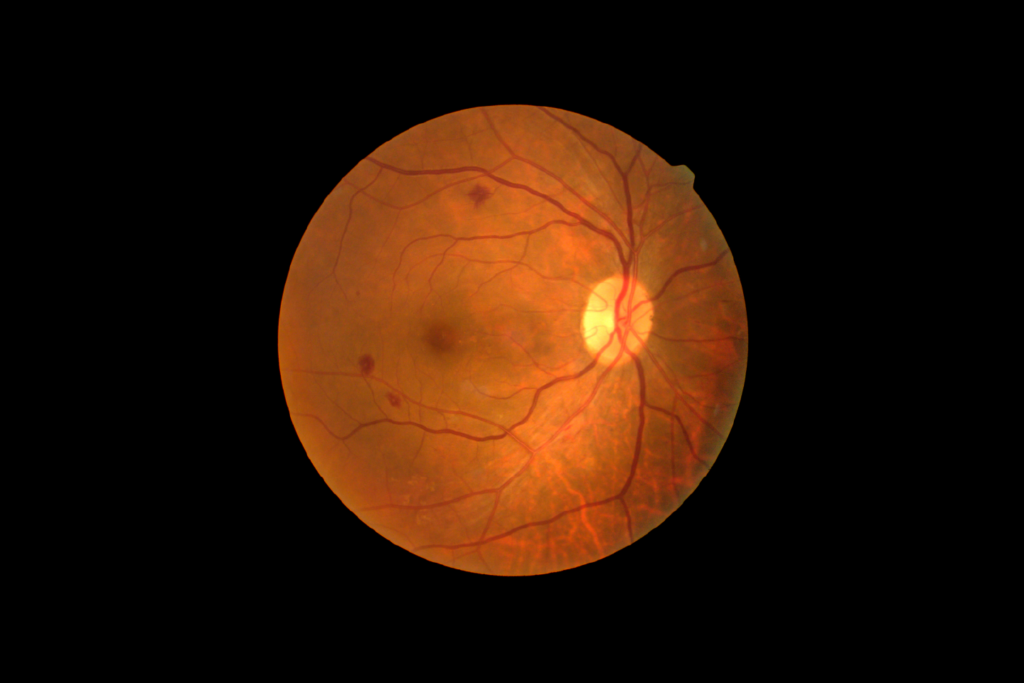Diabetic retinopathy is a diabetes-related eye complication that can cause vision problems and sometimes blindness in people who are type 1 or type 2 diabetic. It affects the retina of the eye.
The retina is a thin layer of tissue that lines the back surface of the eye. It has light sensitive cells that receive images which it sends to the brain through the optic nerve. As diabetes affects small blood vessels of the body, it also damages the blood vessels in the retina causing them to leak blood and other fluids. This can often lead to swelling of the retina which then causes vision changes such as blurred vision. If not taken care of, diabetic retinopathy can lead to blindness. Diabetic retinopathy is the leading cause of vision loss related to diabetes in approximately 1 million Canadians.

Types of diabetic retinopathy
There are two types of diabetic retinopathy:
1) Non proliferative diabetic retinopathy (NPDR): this is also known as early diabetic retinopathy and is more common. In the case of NPDR, blood vessels usually weaken. Microaneurysms may cause blood and other fluids to leak causing edema.
2) Advanced diabetic retinopathy: this is also known as proliferative diabetic retinopathy. If NPDR progresses, blood vessels become completely blocked causing growth of new, abnormal blood vessels. If these vessels start to leak, it can cause scar tissue or a detached retina.
What are the symptoms of diabetic retinopathy?
Some of the most common symptoms of diabetic retinopathy are:
• Blurred and fluctuating vision.
• Vision loss.
• Spots in vision or eye floaters.
• Dark and empty areas in vision.
• Color blindness.
Causes and risk factors

Diabetic retinopathy is often related to poor control of blood glucose levels. Some other risk factors include:
- High blood pressure: being hypertensive can cause damage to the retina leading to diabetic retinopathy.
- High cholesterol: Lack of exercise and poor diet can lead to high cholesterol levels increasing the risk of developing retinopathy.
- Pregnancy: being pregnant and having mild diabetic retinopathy can often progress into a severe form if there is no good diabetic control.
- Smoking: Tobacco use increases the chances of developing diabetic retinopathy:
- Being African, Hispanic, or Native American: some ethnicities are at a higher risk ofdeveloping diabetes.
Diabetic retinopathy complications

Diabetic retinopathy that is not monitored can often lead to some serious eye related complications. Some of them are:
- Vitreous hemorrhage: this can be caused due to the development of abnormal bloodvessels. The vessels can bleed into the vitreous of the eye which can lead to blurryvision, eye floaters and sometimes blocked vision. This often clears up in a few weeks or months depending on the condition of your retina.
- Glaucoma: development of new blood vessels can interfere in the normal blood flow.High pressure in your eye can damage the optic nerve leading to vision loss.
- Retinal detachment: the abnormal growth of blood vessels can cause scar tissue whichcan detach the retina. This can cause eye floaters and vision loss.
- Blindness: If not managed properly, diabetic retinopathy can sometimes lead to blindness.
Can diabetic retinopathy be prevented?

Diabetic retinopathy cannot always be prevented. However, there are some preventative measures that you can take to avoid severe vision problems. If you are type 1 or type 2 diabetic, here are some ways to take care of your eye health:
- Get regular eye exams. It is advised that people living with diabetes should get regular annual eye exams to help keep their vision health in check. Did you know? At LMC Optometry, we provide diabetic eye exams. Book your diabetic exam today by clicking on the button below!
- Manage your diabetes. It is important to manage your diabetes by having a healthy lifestyle. Regular exercise and a good diet are essential. You should keep your blood glucose levels in check and take any medications or insulin as directed by your doctor.
- Manage your blood pressure and cholesterol. Being hypertensive or having high cholesterol levels increases your risk of developing diabetic retinopathy. Healthy eating, exercising regularly, and reducing stress are all ways in which you can manage your blood pressure and cholesterol levels. Your doctor may also prescribe you medication to control blood pressure and cholesterol levels, if required.
- Avoid use of tobacco. If you are a smoker or a use other types of tobacco, try to quit. Smokers have a higher chance of developing type 2 diabetes. It may also make your body more resistant to insulin.
Even though it may be difficult to prevent diabetic retinopathy, it can be managed in the earlier stages to avoid severe complications and vision loss. The first step to manage your eye health is to have regular eye exams. At LMC Optometry, we offer comprehensive eye exams as well as diabetic eye exams. Click the buttons below to book your eye exam today!



